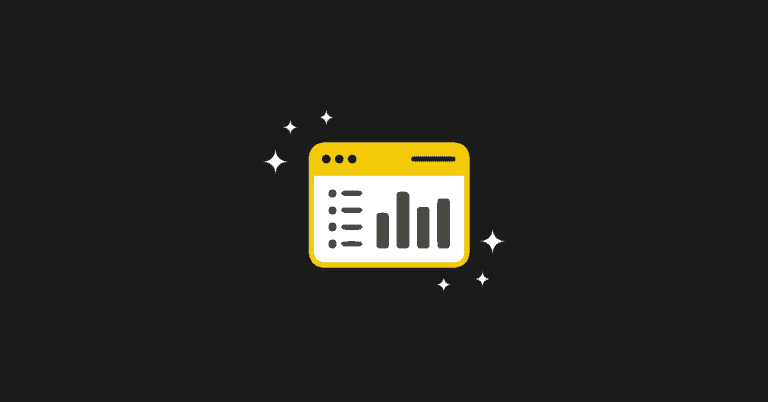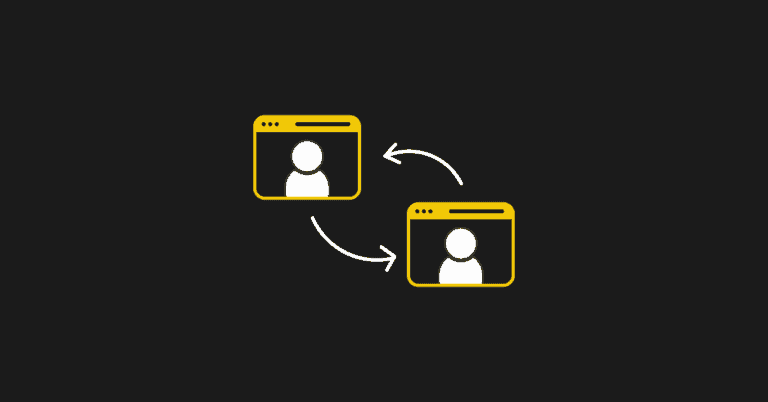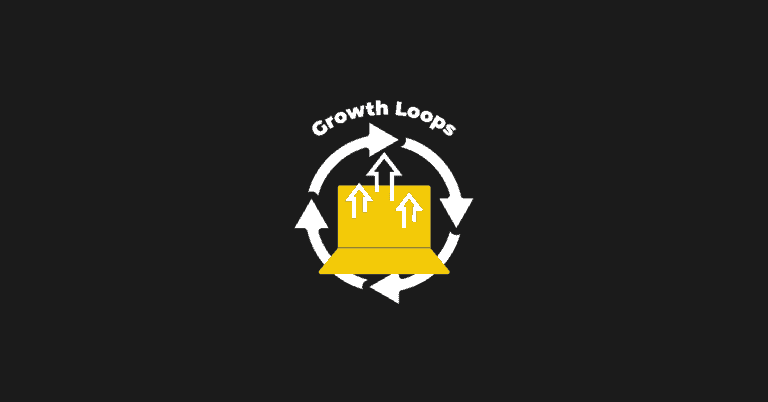I admit it - The PQL (Product Qualified Leads) model may still be relatively new. However, it begins to make serious waves among SaaS brands too.
I, for one, see more and more companies noticing the notion of PQLs. Many of them become interested in implementing the model within their sales workflow.
The problem? Well, most of the people I’ve talked to admitted to struggling to figure out how to build a lead scoring model.
If you’re in that position too, you’ll love this post, then. Why, because below, I’m going to give you the exact process you need to use to develop a lead scoring and qualification model to uncover your PQLs.
Before we get to that, though, let’s do a quick recap of the PQL concept, shall we?
What is a Product Qualified Lead?
Wes, the guy behind ProductLed, in case, if you don’t know, defined the concept beautifully, saying:
“A product qualified lead (PQL) is a lead who has experienced meaningful value using your product through a free trial or freemium model.”
In short, a PQL is not a lead who has downloaded your lead magnet or engaged with you through any other lead generation strategy. Rather, it is someone who:
- Matches your ideal client profile, measured by their demographics, and
- Has indicated reaching the activation point within your product by taking specific actions that denote it. In doing so, they have confirmed purchase intent, and suggest a sales opportunity.
I use this simple Venn diagram to illustrate it.
As you’ll see, the PQL is someone you’d like to do business with, your ideal client. They have also experienced the product and understand its value already. Finally, they have taken actions that suggest they are interested in using the product to its full capacity through a paid plan.
Such actions will be different for each SaaS company, of course. For some brands, even logging to the app regularly or performing specific tasks will signify purchase intent. For others, it could be inviting colleagues to the app or visiting the pricing page a couple of times.
But Why Use the PQL Model, After All?
Isn’t the MQL or SQL model enough?
Well, not really. Now, don’t get me wrong, both models have their use, of course. However, in the context of a SaaS product, we have one layer of information our other B2B peers don’t - the product usage - and it’s that additional layer of data that can make all the difference to our sales.
Product usage (or behavioral data, more on this shortly) allows us to identify the best sales opportunities not just by demographic data. We can single out leads who are almost guaranteed to close the sale because they already love the product.
Such an approach leads to some incredible benefits for SaaS brands:
- The ability to identify the most promising sales opportunities,
- Being able to reach out to the highest-value leads proactively, and at the right time, at that.
- In doing so, you can significantly increase free to paid conversion rates,
- And finally, you can improve internal sales processes to push your deals forward.
But does it work, really?
Well, I’ll hand it to Wes again to explain. In his guide to PQLs, he says:
“[...] PQLs close at significantly higher rates than MQLs because users understand the value of your product. It’s not uncommon for PQLs to convert upwards of 20-30% in my experience working with B2B SaaS businesses.”
Need I say more?
There’s one more thing I want to touch upon before we move to discuss building the lead scoring model:
Who gets the most value of PQLs
Well, from experience, I see the model working particularly well for two types of companies:
- Self-service SaaS brands trying to move upmarket, and needing to understand which leads offer the biggest sales opportunity to them.
- Companies with a high volume of signups and a high variance in lead quality. Such brands also need to understand where their biggest sales opportunities are, so they don’t waste time processing dud leads.
So, how do you build a lead scoring model to uncover your PQLs?
Building a Lead Scoring Model
A quick disclaimer, before we begin: Many companies develop their own ways to score leads. Some use the combination of data and gut feeling. Others, come up with different scoring models. What follows is the process I have personally seen working over and over again for SaaS brands. Is it the definite model, though? I can’t tell but I believe it to be.
So, here it is.
Step 1. Define Your PQL Criteria
Remember the definition of the product qualified lead? It’s someone who matches your ideal client profile, has experienced the value of a product and performed actions that signify a buying intent.
So, as the first step, you must define what such a person looks like.
Using demographic data, describe your ideal client and define their personal and company characteristics.
TIP: Include the negatives too - factors you wouldn’t like such a person to have.
Step 2. Describe the product activation
The step above looked after the first part of the PQL definition, the ideal client profile.
Now, we need to tackle product engagement. To do that, we need to define how does the “aha!” moment in the product looks. That’s the moment when a user has realized the value your product delivers for them.
For an invoicing app, it could be sending the first 3 invoices to clients and collecting payments. For a CRM product, it could be closing a deal, and so on.
Then, using behavioral data, define what set of behaviors suggest that a user has reached that moment within your app.
This will help you define their customer fit and the sale opportunity.
Step 3. Combine these two datasets to uncover your PQLs
This is the trickiest part of the process, I admit but it’s also when you discover your PQLs.
Combine both data – demographic and behavioral – to define what your hottest PQL looks like, and then, evaluate each freemium or trial user against this profile.
In the simplest option, the profile would look like this:
Having said that, your lead qualification profile could easily include tens or more characteristics.
Step 4. Iterate and refine
Here’s one of the most overlooked aspects of the PQL model - It’s never final.
Your product changes, after all. As a result, your target audience today, will, most likely, differ from the people you’ll be trying to attract within a year or so.
That’s why you should never treat the PQL profile as a final one. Rather, continuously refine it to ensure that you uncover the best sales opportunities today, and the leads you’d like to speak to tomorrow.
That’s It!
I know, building the PQL model seems intimidating when you think of it first. In reality, it is actually quite easy. The secret to it is to know the characteristics and actions that signify product activation and using them to score leads and uncover the biggest sales opportunities.
Good luck!









